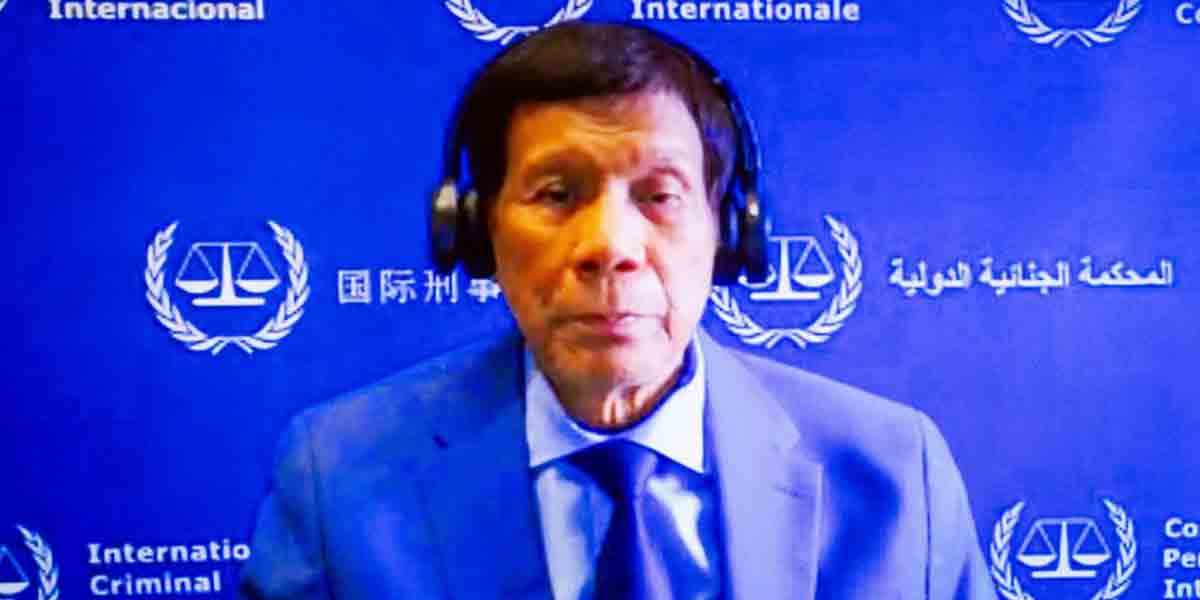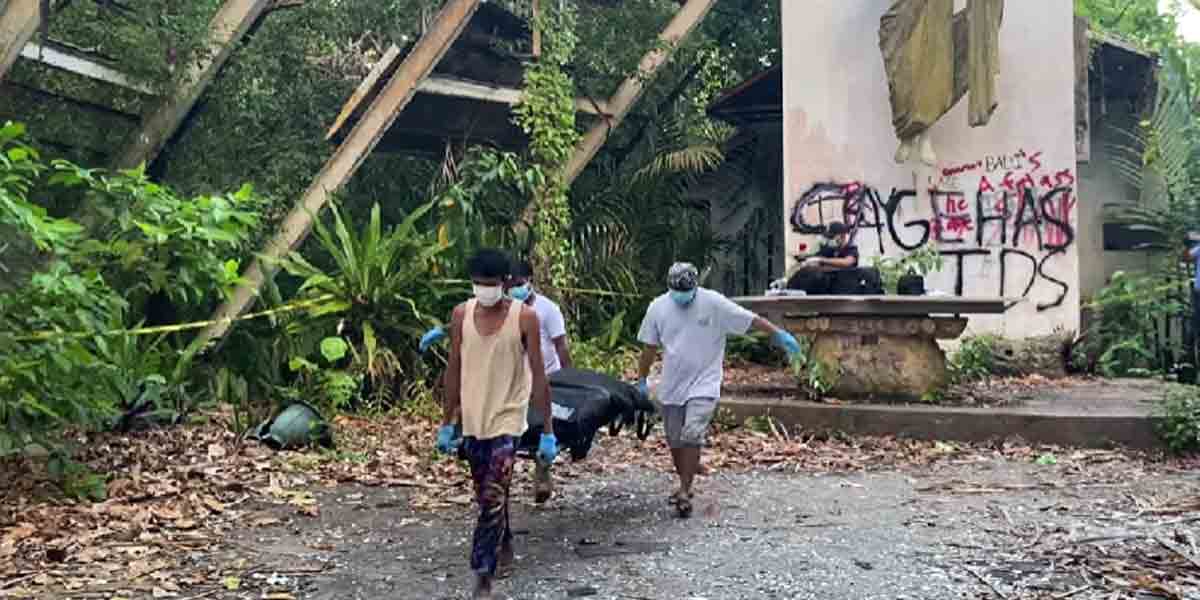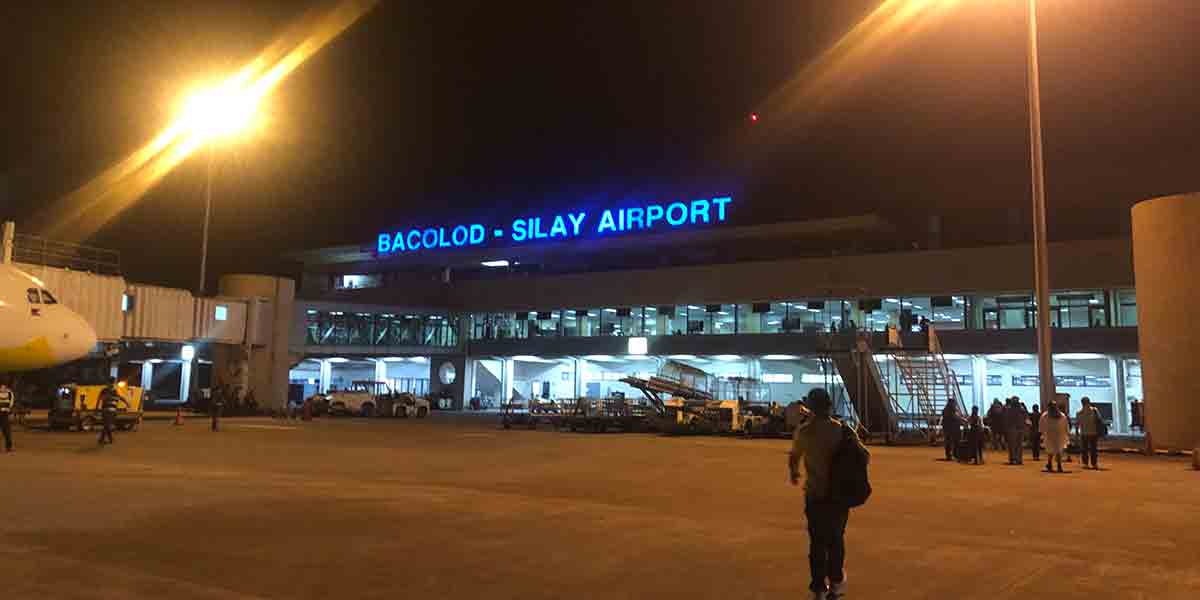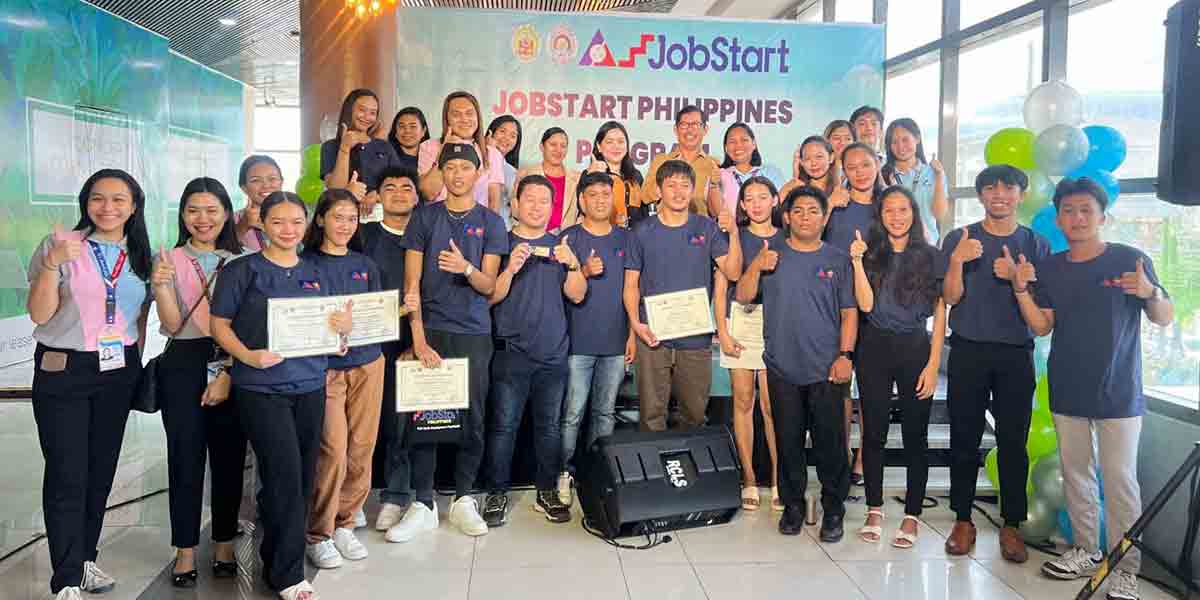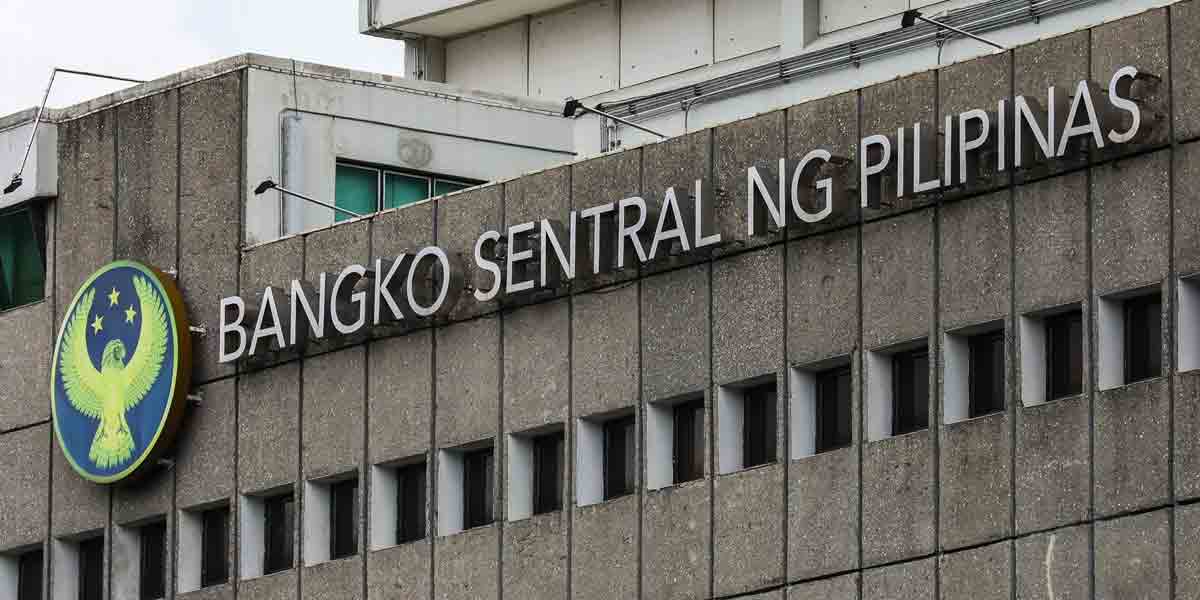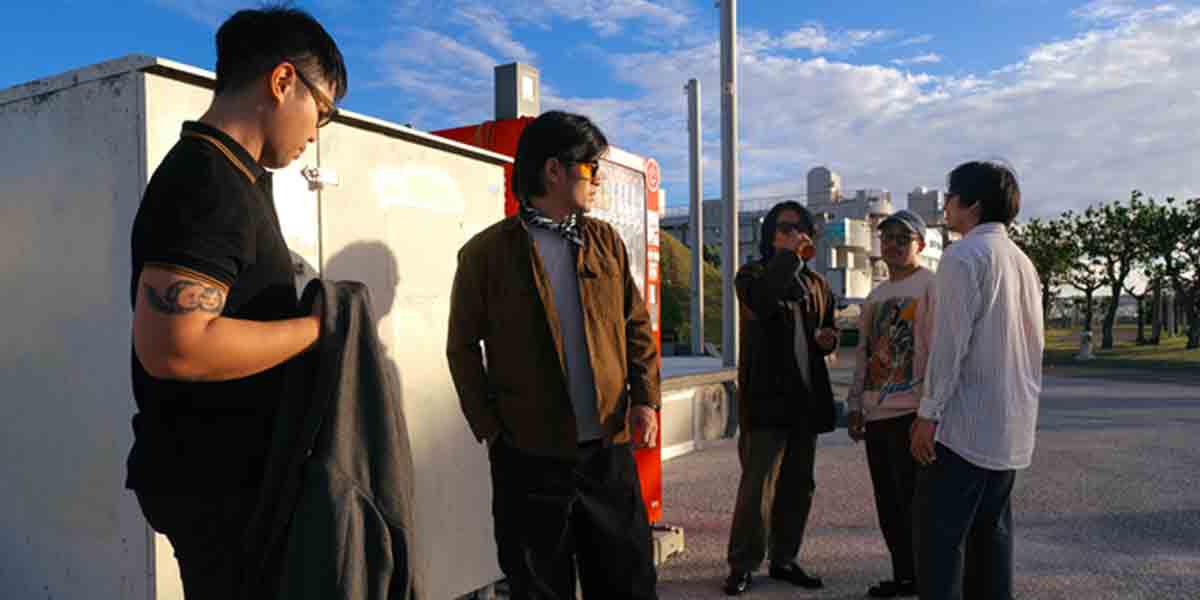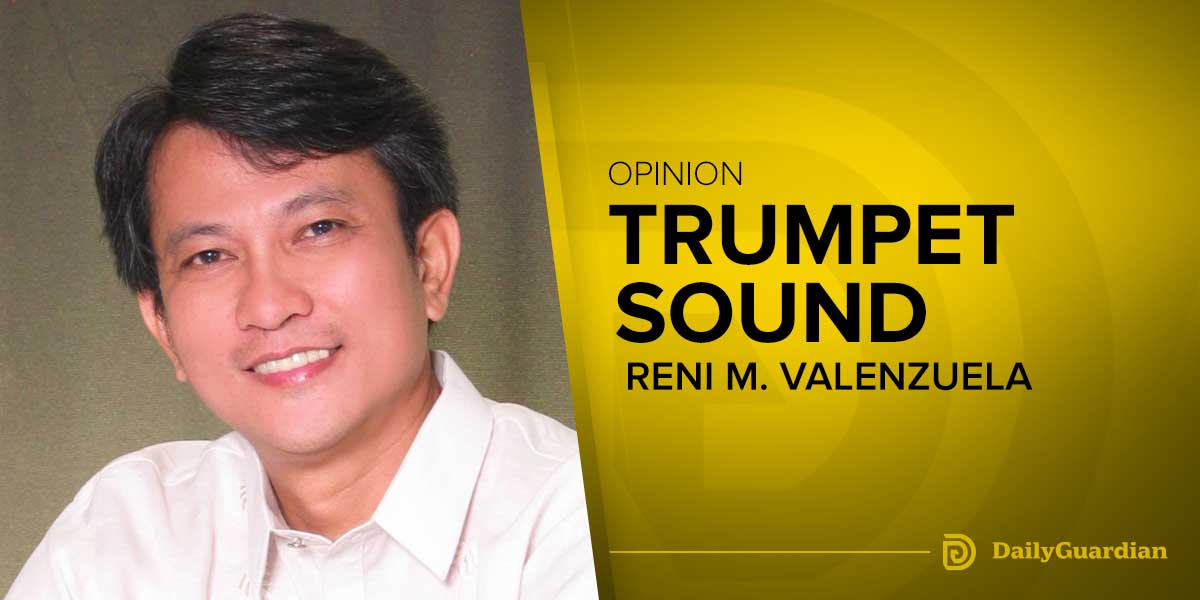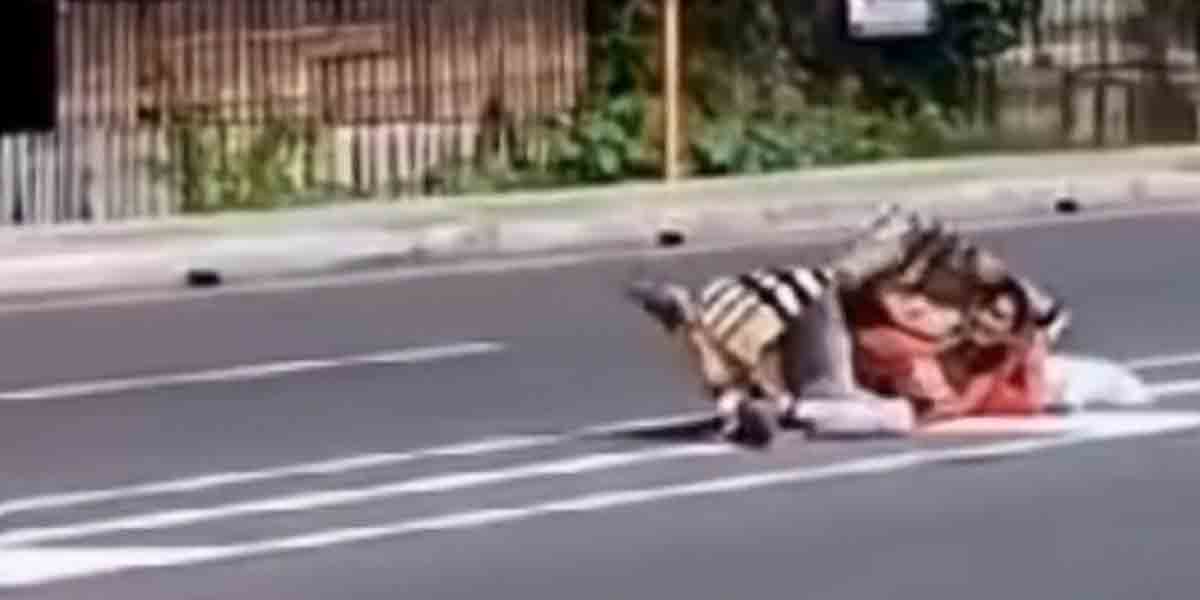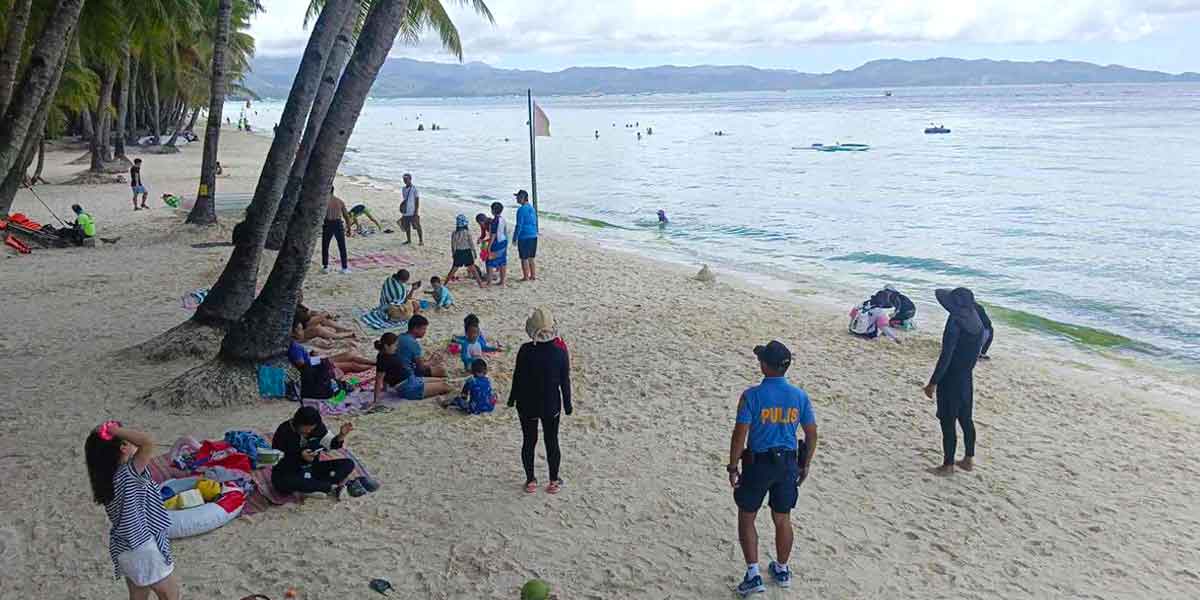 By Alex P. Vidal
By Alex P. Vidal
“Adversity is a stimulus.”—James Broughton
SHORT of running amuck, a 53-year-old Filipino female caregiver protested her “exclusion” from the Excluded Workers Fund, the pandemic “stimulus” largesse for undocumented workers in New York State only.
“Nag submit man ko papers pero asta subong wala gid reply kon na approve ako. Ang iban nga miga ko ya ara na ila kuarta. Nagbayad man ko taxes ko since 2016 dapat pasok papers ko eh (I already submitted my papers but until now I received no reply if I was approved unlike some of my friends who already received their money. I thought I was eligible because I paid my taxes since 2016),” lamented Rose Joy, of Iloilo City in the Philippines, who overstayed her tourist visa in 2018.
Rose Joy, a mother of two from Brgy. Tanza Baybay, Iloilo City who now stays in Jackson Heights, Queens, NYC, said three of her fellow caregivers who applied together with her more than a month ago had already received $14,500 each.
“Nag abot na ila ATM cards may unod $14,500 gin mail sang Department of Labor. Galalain ko pagkabalo ko kay wala gid ya bati a ang papers ko. Yots unfair ni ya (their ATM cards arrived from the Department of Labor and they contained $14,500 each. It’s unfair because nothing has been heard of about my papers),” Rose Joy bewailed.
-o0o-
“Bakit sila meron, kami wala? (Why were they given and we weren’t?),” cried Dolores, 63, undocumented worker from Silang, Cavite in the Philippines who babysits in lower Manhattan.
Dolores said she is willing to pay her taxes for three years (2018, 2019, 2020) “baka puede pa makahabol. Puede pa kaya?” (Can I still be approved if I pay my back taxes for 2018, 2019, 2020?)
Intended to provide much-needed relief to workers cut off from government unemployment benefits and stimulus checks during the pandemic, the Excluded Workers Find is now open for workers—including undocumented immigrants—who weren’t eligible for unemployment benefits.
The funds reportedly do not need to be paid back.
The historic $2.1 billion fund was created by resigned Governor Andrew Cuomo and Albany lawmakers to assist undocumented and nontraditional workers as part of last-minute state budget negotiations in April.
The state recently released the official regulations laying out what it will take to qualify.
New York’s Excluded Workers Fund is the largest program of its kind in the United States dedicated to supporting workers who couldn’t qualify for government assistance during the pandemic with $2.1 billion of state money.
-o0o-
The fund has the potential to be very helpful to about 300,000 of the workers hit hardest by COVID and who were deemed essential to getting New York through the pandemic.
Among them: food service workers, domestic workers, construction workers, cleaners, farmworkers, care workers, street vendors and more.
At one point, more than half of the city’s immigrants were unemployed, experts estimated.
But workers without legal immigration status couldn’t get unemployment benefits or stimulus checks to help make ends meet for the past nearly year and a half.
Some workers went on a hunger strike to advocate for this fund — and they won.
They can qualify for the Excluded Workers Fund if they:
Lived in New York State before March 27, 2020, and continue to live in New York State; Are not eligible for and did not receive unemployment insurance or COVID-19 income relief; Earned less than $26,208 in the year before April 2021; Lost income from March 27, 2020, through April 1, 2021, because they lost work, couldn’t work because of COVID or if the person making your household’s income died or became disabled.
In addition to the income limit, the state is now also requiring workers to show they lost at least 50 percent of their weekly income from the end of February 2020 through April 2021.
The Excluded Workers Fund has two tiers: Tier one: $15,600, which is what one would have earned through unemployment insurance for the past year; and Tier two: $3,200, which is how much someone would have gotten from the stimulus checks.
Tier one reportedly requires more documents.
(The author, who is now based in New York City, used to be the editor of two dailies in Iloilo)

